Álvaro Siza Vieira: Architect of Global Influence
August 9, 2024

Casa de Chã da Boa Nova
Álvaro Siza Vieira is a renowned figure in the world of architecture, hailing from Portugal. His portfolio boasts a wide array of projects on both national and international scales. Notable works include the striking Casa de Chá da Boa Nova in Leça da Palmeira, which is now a two-star Michelin restaurant led by Chef Rui Paula, the distinguished Faculty of Architecture at the University of Porto, the esteemed Library of the University of Aveiro, the avant-garde Serralves Museum of Contemporary Art in Porto, and the iconic Church of Marco de Canaveses. Siza Vieira made history by winning the prestigious Pritzker Prize in 1992, becoming the first Portuguese architect to achieve this honor. Additionally, he received the esteemed Golden Lion at the Venice Biennale in 2012.

Serralves Museum
Álvaro Joaquim de Melo Siza Vieira, better known as Álvaro Siza Vieira, was born on June 25, 1933, in Matosinhos. From an early age, he was interested in Arts, particularly architecture. Between 1949 and 1955, he studied at the Porto School of Fine Arts, where he later taught from 1966 to 1969, returning in 1976 (always as an assistant professor). While still a student, in 1954, he built his "4 Casas em Matosinhos" project, which set him apart from traditional norms with a vision that was largely avant-garde and innovative for its time. His appreciation and love for his hometown of Matosinhos can be seen in some of his most emblematic works: the Piscina da Quinta da Conceição (1958-1965), the Piscina das Marés (1961-1966), the Casa de Chá da Boa Nova (1958-1965), and the Leça da Palmeira waterfront (2006), which, in addition to uniting the last two works, results in a space adapted to its new functions and urban characteristics.
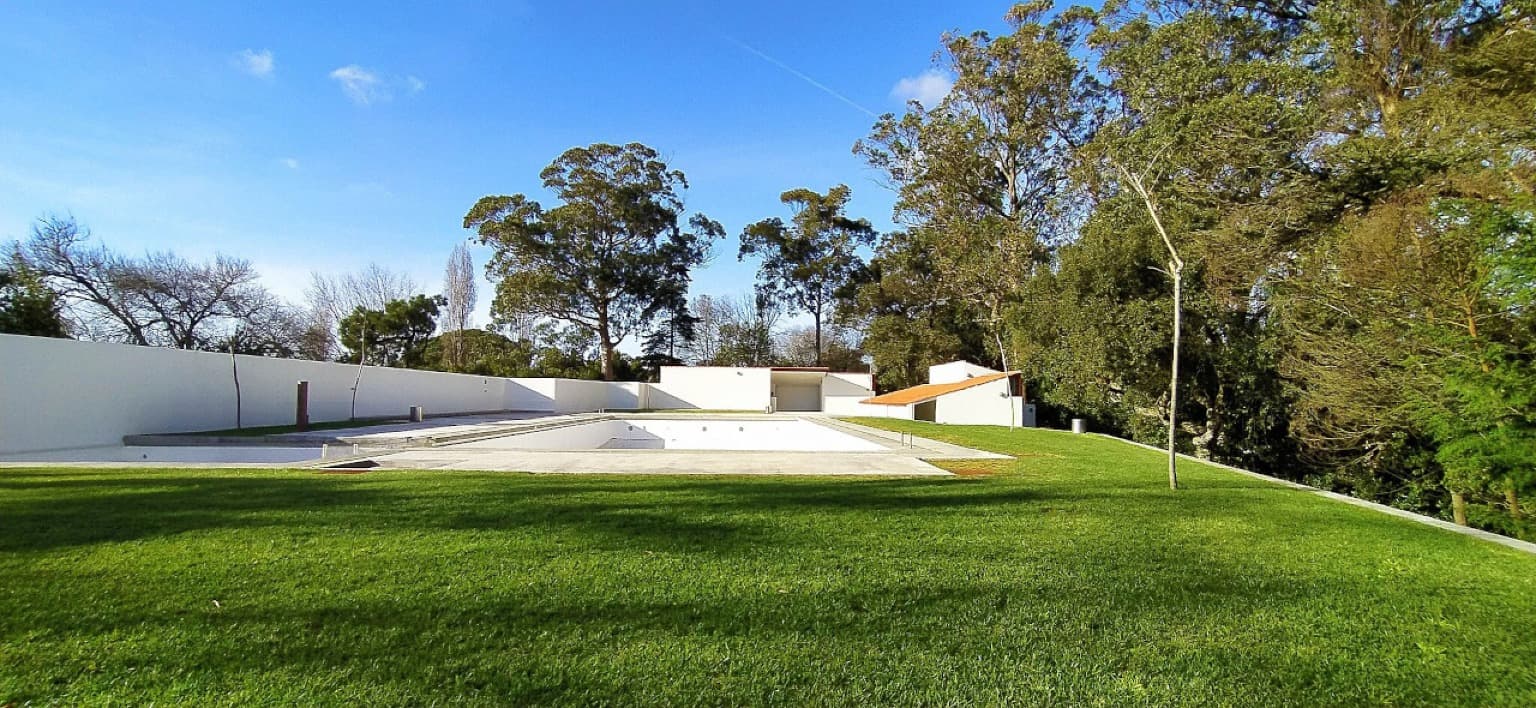
Piscina da Quinta da Conceição
Internationally, Álvaro Siza Vieira's architectural legacy spans the globe, leaving an indelible mark in diverse locations such as South America, Asia, Spain, the Netherlands, Belgium, Brazil, South Korea, and the United States, among others. In Europe, Siza Vieira made significant contributions, such as in the Netherlands, where he directed the Recovery Plan for Zone 5 of Schilderswijk in The Hague from 1985 to 1989. Additionally, he completed the project for blocks 6-7-8 of Ceramique Terrein in Maastricht in 1995. In Spain, his designs include the Meteorological Center of the Villa Olímpica in Barcelona, the Galician Center for Contemporary Art, and the Faculty of Information Sciences in Santiago de Compostela, as well as the remarkable rectory of the University of Alicante, among others. Notably, Siza Vieira also made his mark in Germany with the Insel Hombroich Museum in Düsseldorf and the Fehlbaum family tomb in Weil am Rhein. Beyond Europe, Siza Vieira's influential projects of immense value are scattered across all continents.
Álvaro Siza Vieira is an inescapable name in the legacy that Portugal has brought to the world, influencing numerous architectural trends and inspiring countless new architects who contemplate and design the world in a unique, creative, and authentic way.
Some of Álvaro Siza Vieira's most emblematic works:
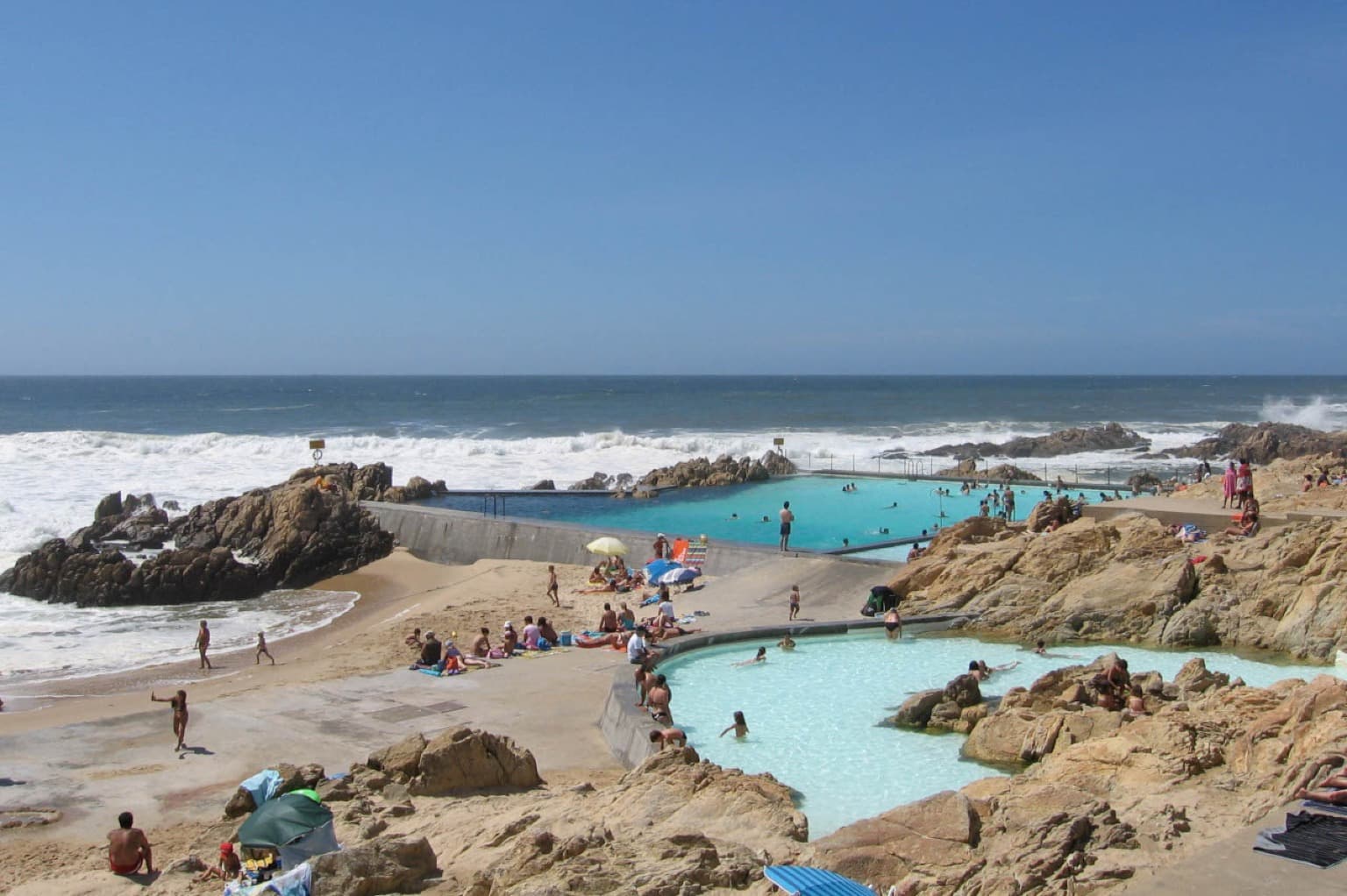
Piscina das Marés (Leça da Palmeira - Portugal)
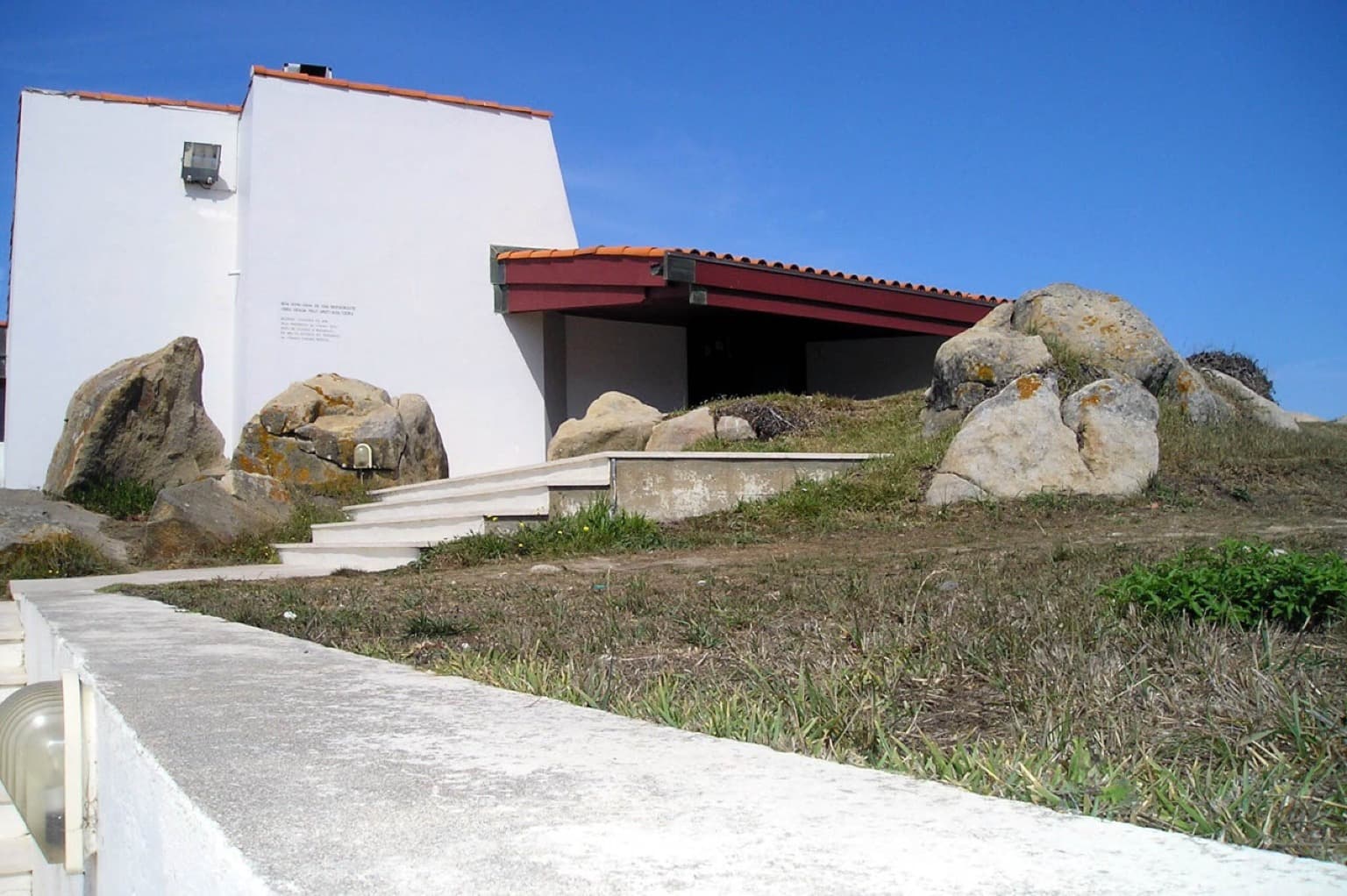
Casa de Chá da Boa Nova (Leça da Palmeira - Portugal)
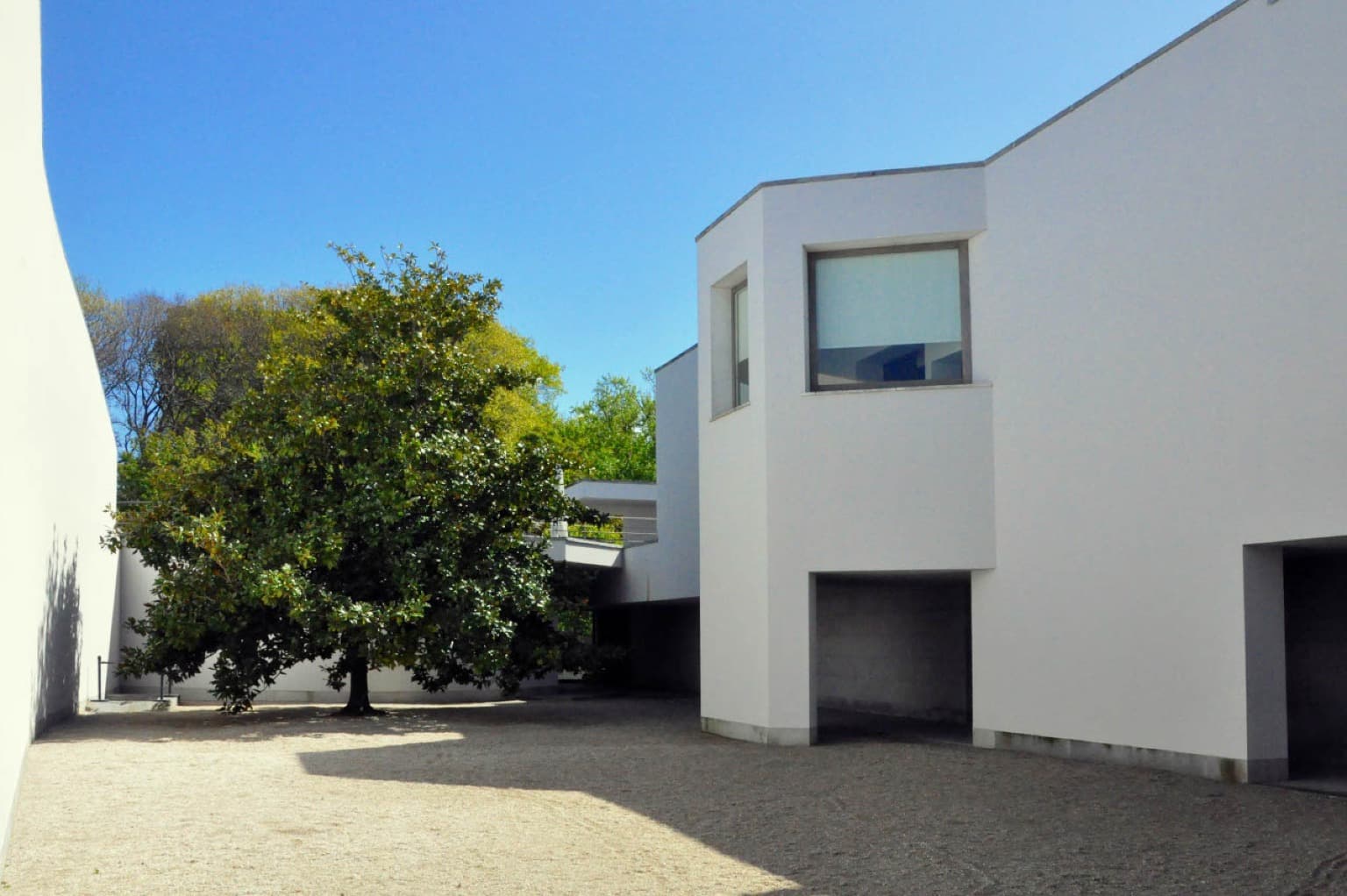
Serralves Museum (Porto - Portugal)
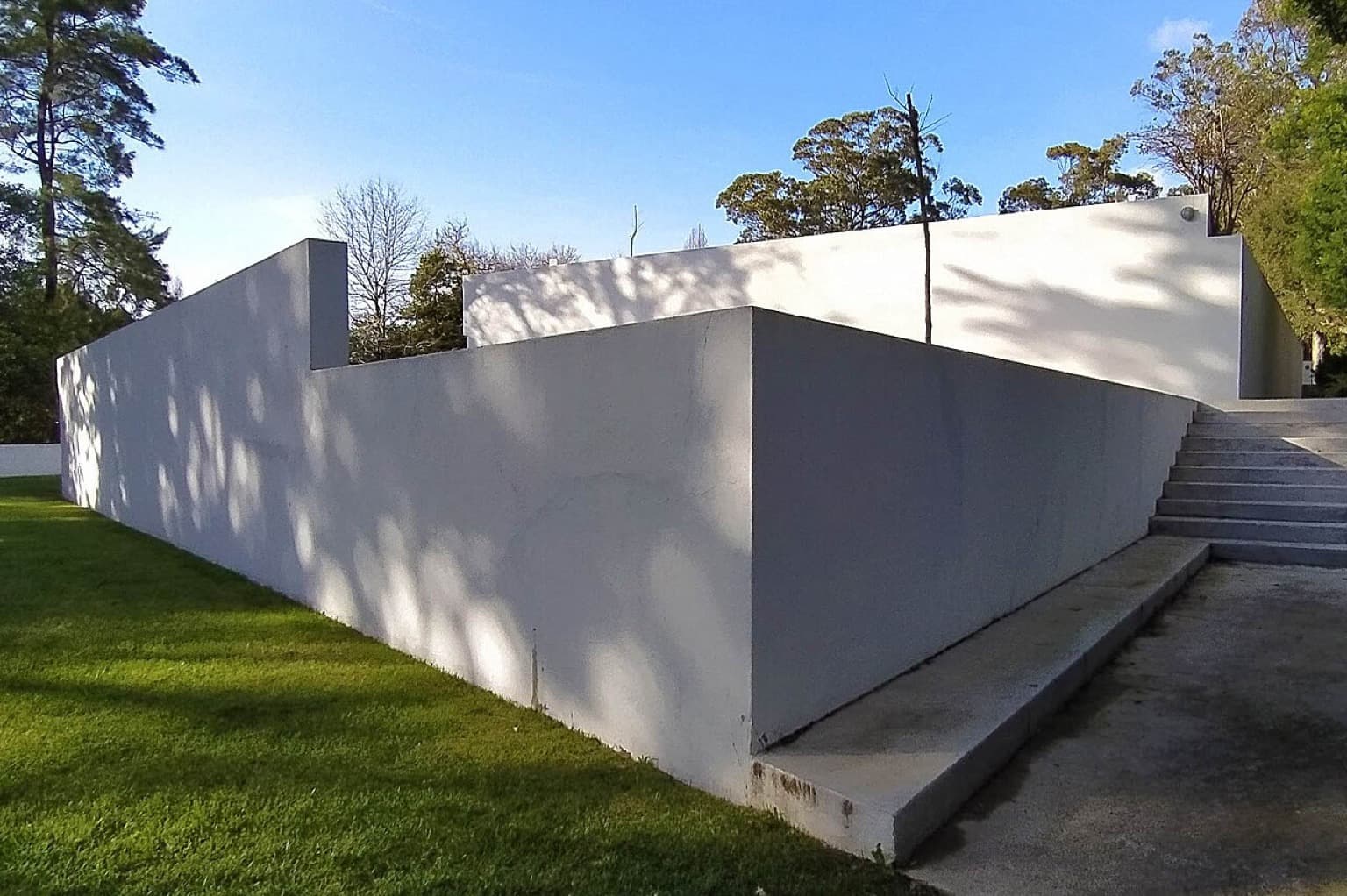
Piscina da Quinta da Conceição (Leça da Palmeira - Portugal)
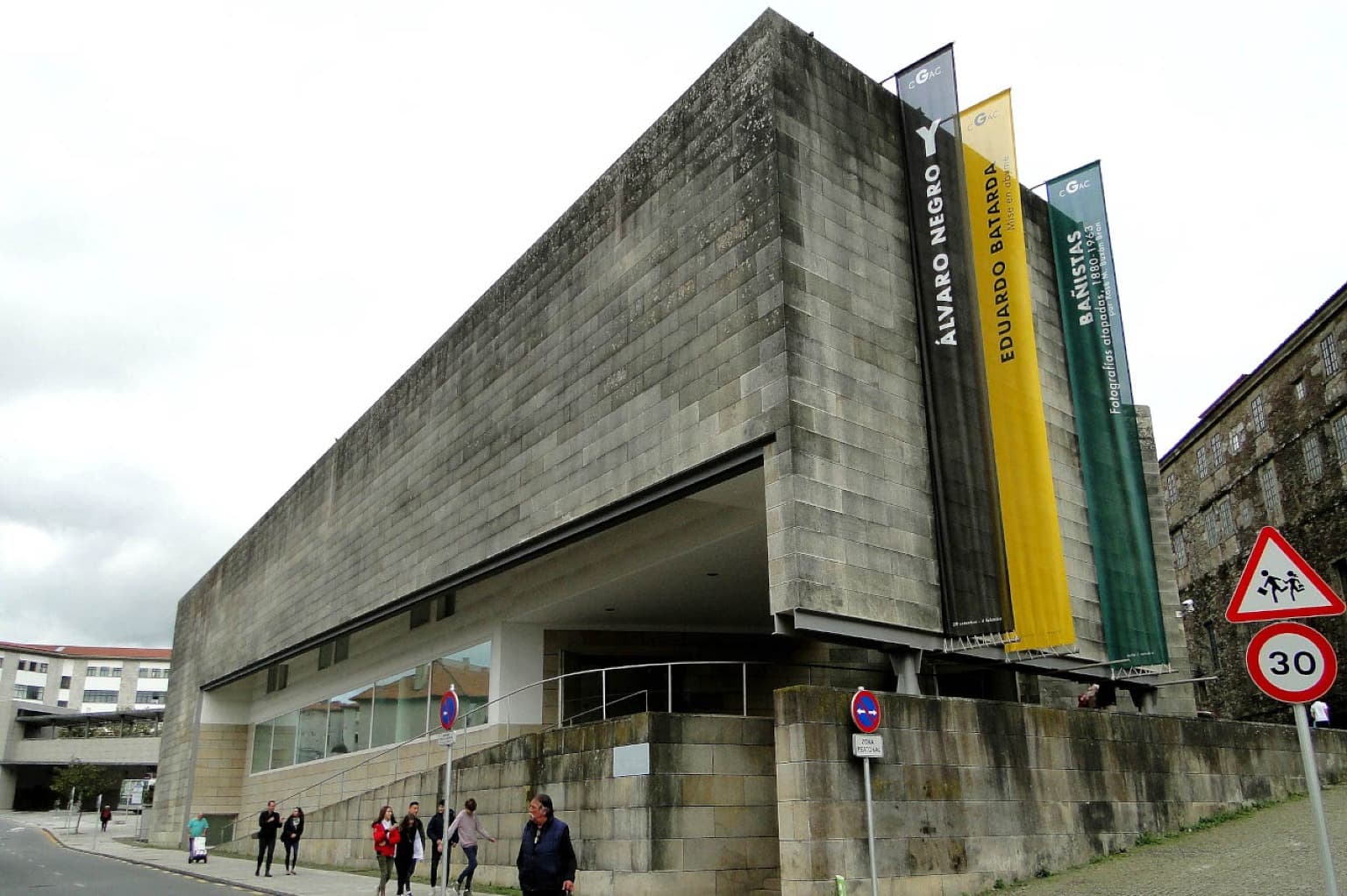
Centro Galego de Arte Contemporanea (Santiago Compostela - Spain)
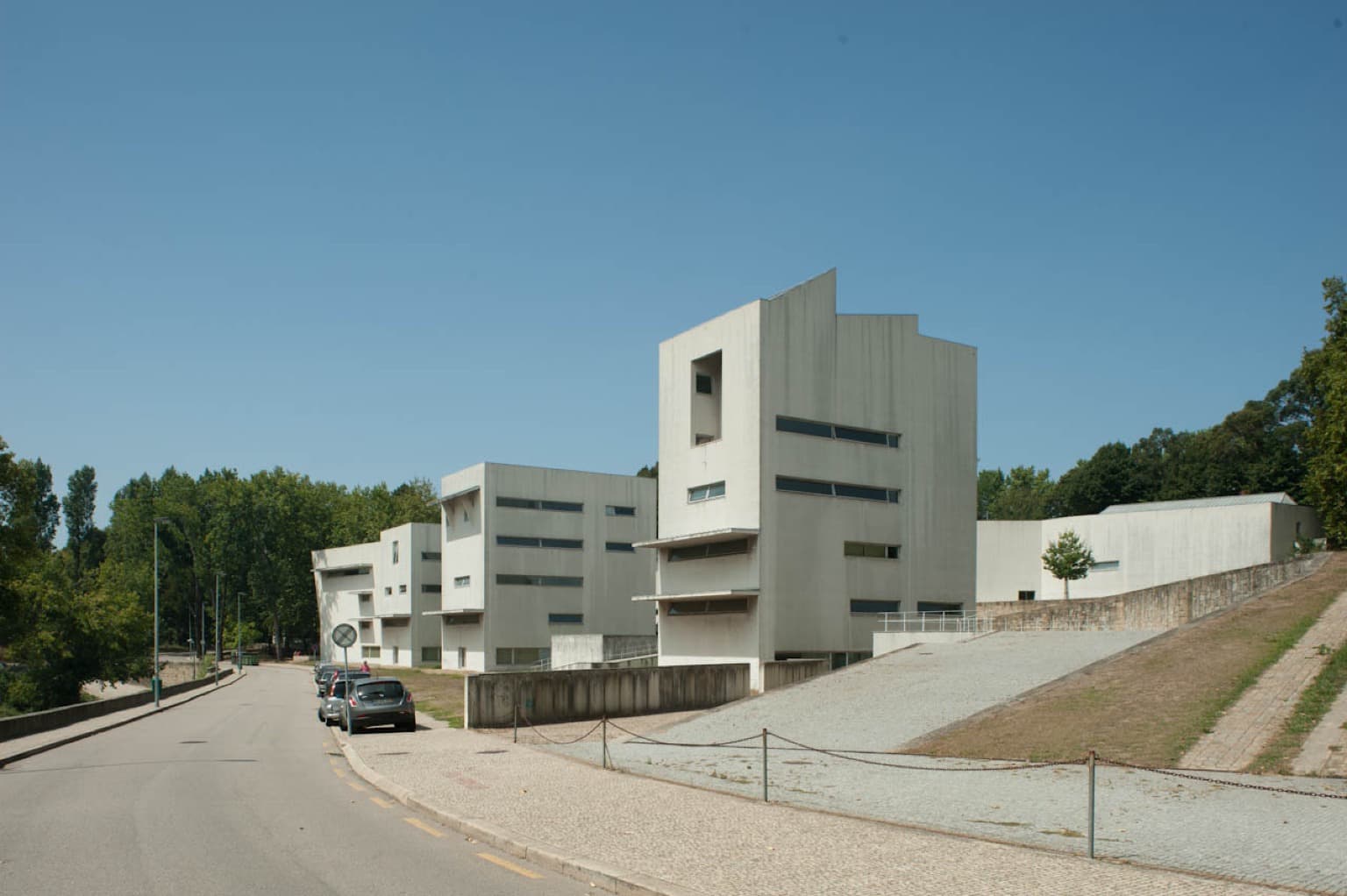
Architecture College (Porto - Portugal)

Church of Marco Canavezes (Marco de Canavezes - Portugal)